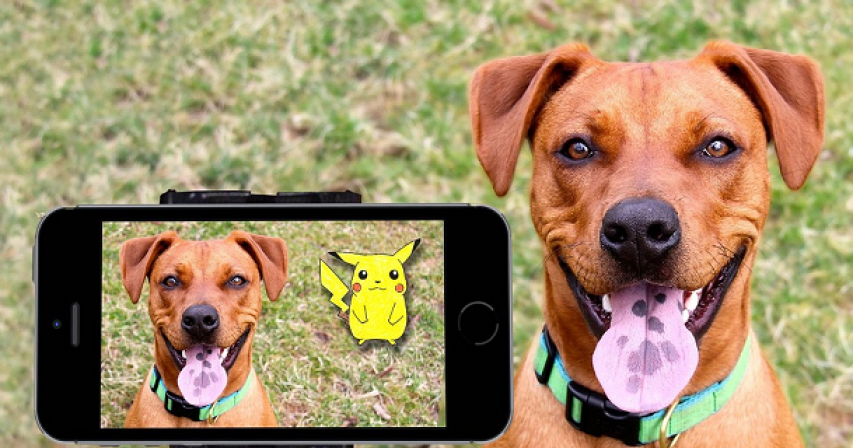Dog Training: How To Choose Dog Gadgets and Equipment
- 3 years ago

Owning a dog will be one of the biggest joys of your life. Our dogs are by our sides day and night, and most of us could never be more grateful for them! However, it is very important to train your dog the right way, for their safety and yours. When it comes to dog training, knowing how to choose the best dog gadgets and equipment can be a bit tricky. That's why we have put together a list that will help you choose the right tools. Read on to learn about four important dog training tools you'll want to invest in right away.
Dog Training Collar
Your dog should get used to wearing a collar right away. When you are training your dog, the use of a specific dog training collar will work very well. You'll find about seven different types of collars that you can purchase: choke collars, shock collars, harnesses, prong collars, e-collars, nylon collars, and Halti collars. Read on at The Pampered Pup if you are on the lookout for the safest and most suited dog training collar for your dog.
Many dog owners use dog training collars when their dog is having trouble obeying voice commands. These collars have been useful in reducing aggression in dogs and will give your dog instant feedback about what they are doing wrong. Similarly, healthy food and diet like fresh dog food can also reduce aggression and restlessness in the dogs.
What to look for in a dog training collar: Since there are multiple options, it is best to research which type of collar is recommended for your breed before purchasing one. You'll want the collar to fit comfortably, so use a soft measuring tape to measure your dog's neck before you purchase one. Then, add about two inches to the number to give you your dog's collar size. It should fit snug enough so that it will not be able to slip off but not too snug that it could strangle them. If you plan to walk your dog in the dark, a reflective training collar is a must.
Dog Clicker
Using a clicker as a dog training tool is a very effective approach. This is a small tool that you can hold in your hand that makes a loud "click" when you press it, getting the attention of your dog. Many dogs respond faster when they hear the click of the tool rather than a verbal command. To use one to train your dog, wait until they do something positive, such as obey your command or bark when they want to go outside to use the bathroom. Click and then reward them with a treat. Your dog will associate the click with the reward, reaffirming the positive behavior they have performed. Over time, phase out the treats when your dog performs positive actions reliably.
What to look for in a clicker: When you are choosing a clicker, you'll be faced with a lot of choices. Look for one that is small and easy to hold in your hand. Many come with a loop that goes over your finger so that you can hold it easily in your hand along with a leash. A loud clicker is the best option if your dog doesn't respond to softer commands. However, you can purchase clickers that aren't as loud if your pup is startled easily.
Crate
Crate training is an important step when you are training your dog, especially if they are a young puppy. You'll want your dog to get used to their crate from a young age so they see it as part of their routine. Crate training can help with potty training, behavioral problems, separation anxiety, and so much more. A crate also gives your dog a place to go where they can get away from the noise and distractions of a busy household. In the event of an emergency evacuation, you will be able to get a crate-trained dog into their crate and then into a vehicle much easier than one who isn't used to one.
What to look for in a crate: The crate should be big enough for your dog to comfortably lie down in as well as safely turn around. However, if it is too big, they may use a corner as their bathroom because they will be able to then lie away from the mess. You'll want a crate made from sturdy materials and a solid lock. Make sure to add blankets or a dog bed for your pup to lie on as well as plenty of toys for them to stay busy with when they aren't sleeping.
Standard and Long Lead Leash
You'll of course need a quality leash when you own a dog, but you may not realize that two different types will come in handy. Once your dog is properly trained to behave in public, a shorter leash will be best if you come in contact with a lot of other dogs and people. However, a long lead leash is best for training your dog outside. When you need to practice calling your dog to come from a long distance, you won't want to simply let them off of their leash to do so. A long lead leash will allow them to go off on their own without giving your dog the chance to run. You'll always be in control, even from a distance.
What to look for in a leash: A standard leash will be about 6-feet long. A long lead leash will be about 30-feet long. Look for one that has a strong clip on the end and is reflective in the dark as a safety precaution.
Comments